Bonded Labour Reports
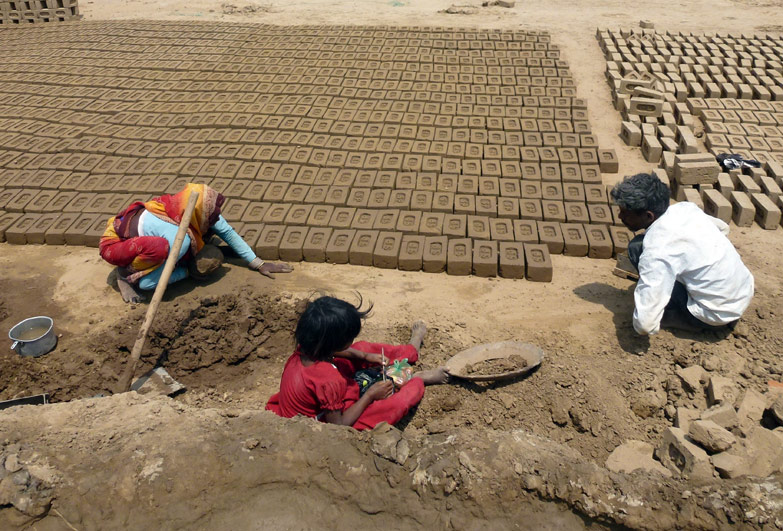
Addressing Forced Labour in Global Supply Chains
17.3 million people are estimated to be in forced labour in the private sector and 3.9 million in state-imposed forced labour. Tackling the root causes that drive this forced labour requires a toolbox of measures. In this brief we outline the measures that are needed to truly tackle forced labour in global supply chains.
Legal guide: identification, rescue, rehabilitation and prosecution of bonded labour in the brick kiln industry
This guide is intended to equip activists with legal knowledge to eradicate the bonded labour system in India’s brick kiln industry. The brick kiln industry employs more than 10 million workers and is one of the bonded labour prone industries in India. Workers pawn their health, safety, social security, their children’s health and education in exchange for a bare sustenance. This guide provides tools for the identification, rescue, rehabilitation and prosecution of cases of bonded labour, focusing mainly on the implementation of the Bonded Labour Act and other applicable laws and procedures. It also suggests strategies that may be useful when dealing with the tough challenges faced in the process.
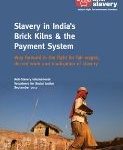
Slavery in India’s Brick Kilns & the Payment System: way forward in the fight for fair wages, decent work and eradication of slavery
Report revealing shocking levels of debt bondage and child slavery in brick kilns across Punjab. The report found that the recruitment and payment systems underpin this cycle of slavery, trapping seasonal migrant workers in bonded labour year after year, leaving women unpaid and not treated as workers, and encouraging child labour. It identified changing the piece-rate payment system into a time-based one, where workers are paid individually and regularly, as a systemic change that would help break the cycle of bonded and child labour.
Submission on bonded labour, trafficking and domestic work in India
UN’s Universal Periodic Review submission on bonded labour, trafficking and domestic work in India, 2016. The submission by Anti-Slavery International, Jan Jagriti Jendra, The National Domestic Workers’ Movement, and Volunteers for Social Justice.
Joint submission for the Universal Periodic Review of Nepal, 23rd Session
Anti-Slavery International, Informal Sector Service Center (INSEC) & Backward Society Education (BASE)
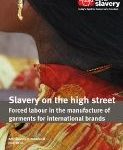
Slavery on the high street. Forced labour in the manufacture of garments for international brands.
Anti-Slavery International.
New report from Anti-Slavery International exposes how top UK high street brands are selling clothing made by girls in slavery in southern India. Our research has uncovered the routine use of forced labour of girls and young women in the spinning mills and garment factories of five Indian clothing manufacturers that supply major western clothing retail brands.
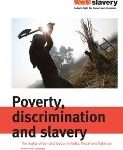
Poverty, Discrimination and Slavery: The reality of bonded labour in India, Nepal and Pakistan
Anti-Slavery International, Krishna Prasad Upadhyaya.
This report is a study of the reasons why bonded labour, a contemporary form of slavery, persists in India, Nepal and Pakistan. In particular, it examines the effectiveness of state interventions against bonded labour. This report reflects the main findings of research carried out by CEC, GEFONT and PILER between 2004 and 2006 into some of the obstacles to the eradication of bonded labour, the reasons why bonded labour persists, and into the interventions that have been made since anti-bonded legislation came into force in South Asia. It includes a number of recommendations which if fully implemented would lead to the eradication of bonded labour in South Asia. ISBN: 978-0-900918-70-4.
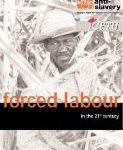
Forced Labour in the 21st Century
Anti-Slavery International, ICFTU.
This booklet highlights the main ways in which forced labour manifests itself internationally, including through slavery, bonded labour, trafficking and child labour. Case studies and pictures are provided throughout. ISBN: 0 9009 18 50 0.
The Enslavement of Dalit and Indigenous Communities in India, Nepal and Pakistan Through Debt Bondage
Anti-Slavery International.
This paper, submitted to the UN Sub-Commission on Human Rights, describes the gross violation of the rights of millions of people in India, Pakistan and Nepal who are trapped in debt bondage and forced to work to repay loans. It explores evidence which shows that 80-98 per cent of bonded labourers are from communities designated as dalits.